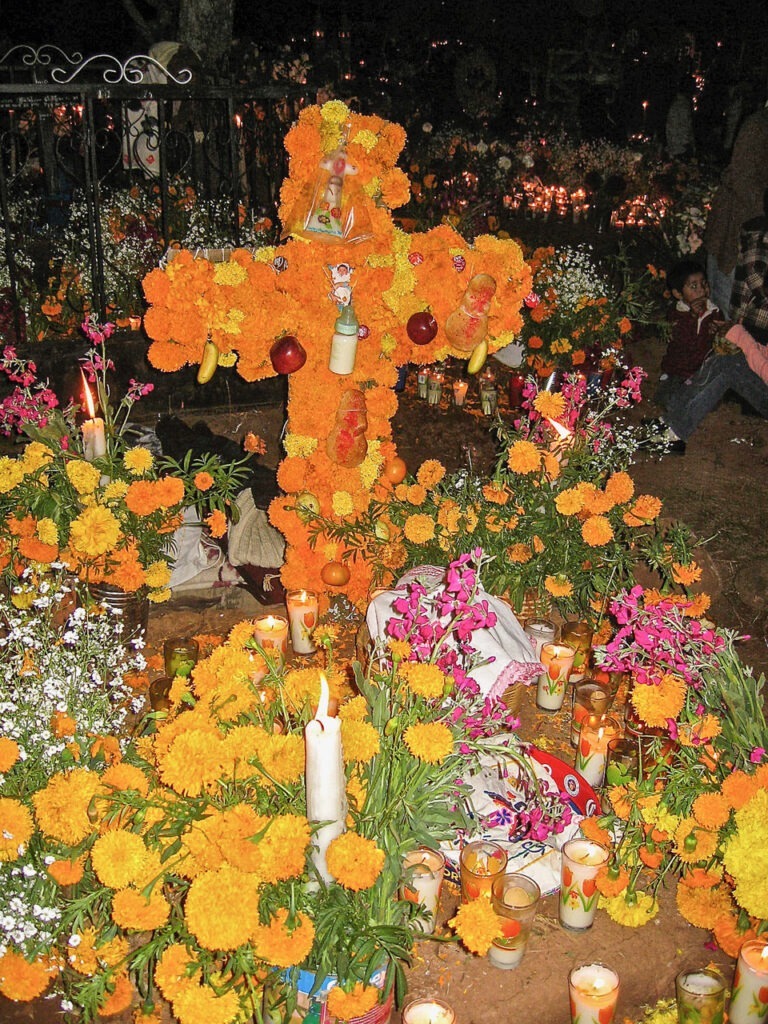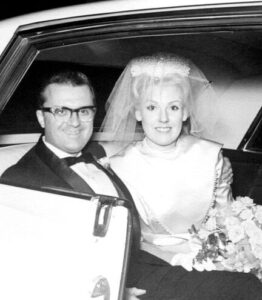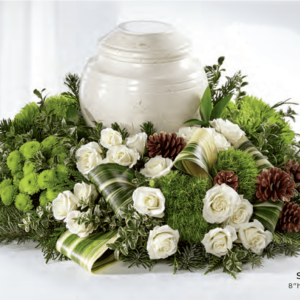The Spiritual Meaning of Día de Muertos

Though often mistaken for a “Day of the Dead” celebration of ghosts or fright, Día de Muertos is, at its heart, a profoundly spiritual tradition—one rooted in love, memory, and faith. The holiday actually spans two days, November 1 and 2. The first day honors deceased children and is known as Día los Inocentes or Día los Angelitos, Day of the Innocents or Day of the Angels. The second day is dedicated to adults who have passed away. Both days are focused on reminding the living that love transcends the boundary between life and death.
Families gather to honor those who have passed by building ofrendas—beautiful altars adorned with photos, mementos, favorite foods, and symbols of devotion. These offerings are not meant to summon spirits, but to welcome their memory home, affirming that they remain part of our family’s story.
For many, Día de Muertos is a time of prayer and reflection, blending indigenous beliefs with Catholic faith. The holiday overlaps with All Saints’ and All Souls’ Days, creating a space where remembrance and religion meet—a spiritual bridge between heaven and earth. It teaches that grief is not an ending, but an expression of love that continues to live within us.
At its core, Día de Muertos is not morbid or frightening; it is comforting. It allows us to speak the names of those we miss, to laugh at shared memories, and to decorate life’s most difficult truths with beauty and hope. In honoring our loved ones, we find healing. In celebrating their lives, we strengthen our connection to faith, family, and the eternal bonds that unite us all.
This season, may the gentle light of remembrance bring peace to every heart—and remind us that love never truly dies.


















